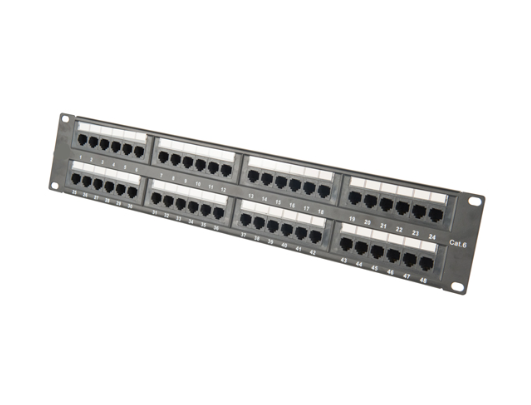News
Site Editor
 Site
https://leonetworkgroup.usa18.wondercdn.com/uploads/image/5fe152faa587d.png
A Cat5e patch cable is an essential component of any computer network. It is used to connect devices, such as computers, printers, and switches, to a network router or hub. The cable is made up of four pairs of wires, which are twisted together and housed in a protective sheath. Cat5e patch cables are relatively easy to make, and doing so can save you money compared to purchasing pre-made cables.
Site
https://leonetworkgroup.usa18.wondercdn.com/uploads/image/5fe152faa587d.png
A Cat5e patch cable is an essential component of any computer network. It is used to connect devices, such as computers, printers, and switches, to a network router or hub. The cable is made up of four pairs of wires, which are twisted together and housed in a protective sheath. Cat5e patch cables are relatively easy to make, and doing so can save you money compared to purchasing pre-made cables.
How To Make A Cat5E Patch Cable
Views: 422
Author: Site Editor
Publish Time: 2023-07-03
Origin: Site
A Cat5e patch cable is an essential component of any computer network. It is used to connect devices, such as computers, printers, and switches, to a network router or hub. The cable is made up of four pairs of wires, which are twisted together and housed in a protective sheath. Cat5e patch cables are relatively easy to make, and doing so can save you money compared to purchasing pre-made cables. In this article, we will walk you through the steps required to make a Cat5e patch cable.
Step 1: Gather Your Supplies
To make a Cat5e patch cable, you will need the following supplies:
- Cat5e cable
- RJ45 connectors
- Cable stripping tool
- Cable crimping tool
- Cable tester (optional)
Step 2: Strip the Cable
The first step in making a Cat5e patch cable is to strip the cable. Use the cable stripping tool to cut about an inch off the end of the cable, exposing the inner wires. You will see four pairs of wires, each with a different color scheme. The colors are as follows:
- Blue with white stripes (pair 1)
- Orange with white stripes (pair 2)
- Green with white stripes (pair 3)
- Brown with white stripes (pair 4)
Step 3: Arrange the Wires
The next step is to arrange the wires in the correct order. For a Cat5e patch cable, the wires should be arranged according to the T568B wiring standard. The order, from left to right, should be:
- Orange with white stripes
- Orange
- Green with white stripes
- Blue
- Blue with white stripes
- Green
- Brown with white stripes
- Brown
Step 4: Trim the Wires
After arranging the wires in the correct order, trim them to the correct length. Use the cable crimping tool to trim the wires to about half an inch in length.
Step 5: Insert the Wires into the RJ45 Connector
The next step is to insert the wires into the RJ45 connector. Make sure that the wires are in the correct order and that they are all the way inside the connector. You should see a bit of each wire sticking out of the end of the connector.
Step 6: Crimp the Connector
Once the wires are inserted into the RJ45 connector, use the cable crimping tool to crimp the connector onto the cable. Make sure that the connector is securely attached to the cable.
Step 7: Test the Cable
Finally, test the cable to ensure that it is working properly. Use a cable tester to check that all the wires are connected and that there are no breaks or other issues. If the cable passes the test, it is ready to use.
Conclusion
Making a Cat5e patch cable is a relatively simple task that can save you money and provide you with the satisfaction of knowing that you created something yourself. With the right tools and a bit of practice, you can easily create Cat5e patch cables that are just as good as those you would purchase pre-made. Follow these steps, and you will be well on your way to creating your own Cat5e patch cables.
If you want to know more about industrial network cabinet,china fiber optic splice closure,china fiber optic distribution box,please consult the fiber optic splice closure factory









